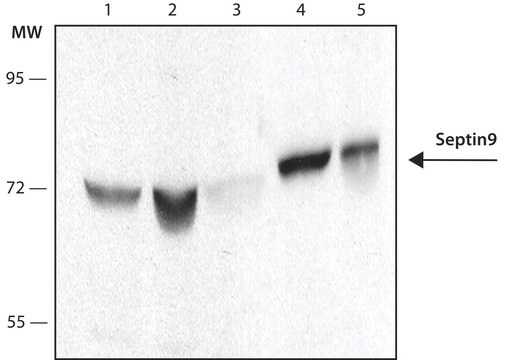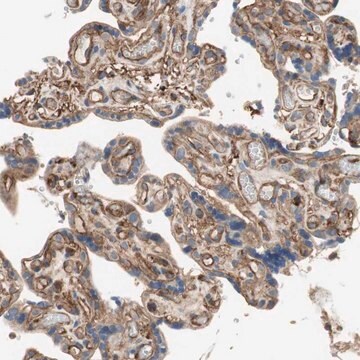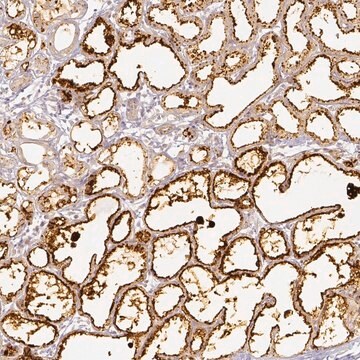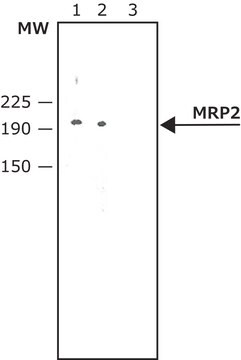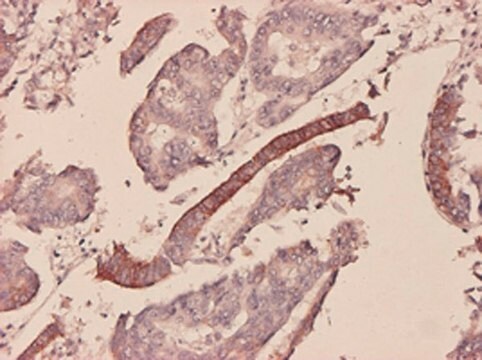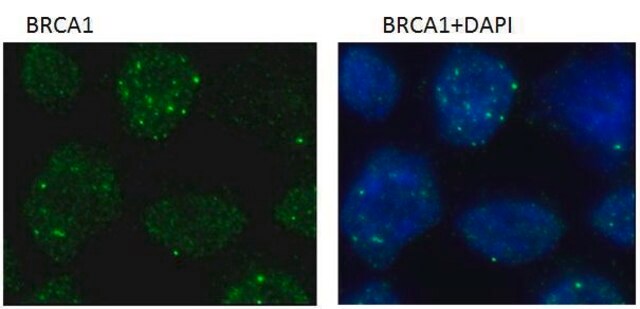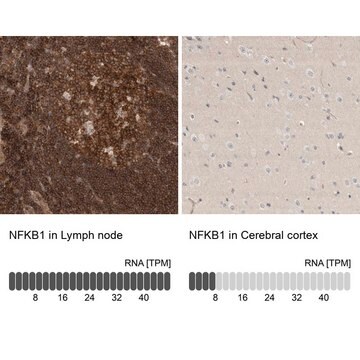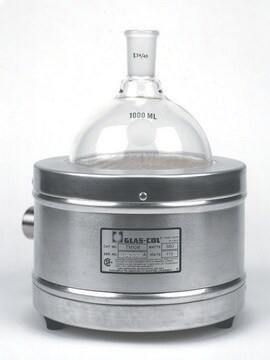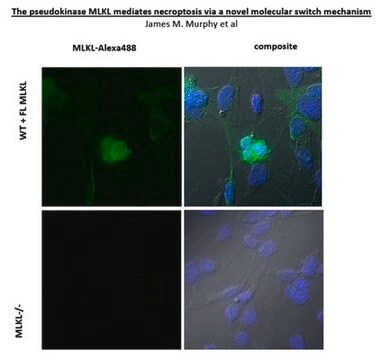MABE992
Anti-Septin-9 Antibody, clone 10C10
clone 10C10, from mouse
Synonym(s):
Septin-9, MLL septin-like fusion protein, MLL septin-like fusion protein MSF-A, Ovarian/Breast septin, Ov/Br septin, SeptD1, Septin D1
About This Item
Recommended Products
biological source
mouse
Quality Level
antibody form
purified antibody
antibody product type
primary antibodies
clone
10C10, monoclonal
species reactivity
human
technique(s)
immunocytochemistry: suitable
immunoprecipitation (IP): suitable
western blot: suitable
isotype
IgG1κ
NCBI accession no.
UniProt accession no.
shipped in
wet ice
target post-translational modification
unmodified
Gene Information
human ... SEPTIN9(10801)
General description
Specificity
Immunogen
Application
Immunocytochemistry Analysis: Clone 10C10 hybridoma culture supernatant immunostained intracellular septin-9 in hTERT-immortalized retinal pigment epithelial (hTERT-RPE) cells (Courtesy of Dr. William S. Trimble, University of Toronto, Canada).
Immunocytochemistry Analysis: A representative lot detected septin-9 immunoreactivity colocalized with septin-2 and septin-11 at the cleavage furrow in anaphase and the midbody in telophase HeLa cells (Estey, M.P., et al. (2010). J. Cell Biol. 191(4):741-749).
Immunoprecipitation Analysis: A representative lot immunoprecipited septin-9 from mitotically arrested HeLa cells following nocodazole (Cat. No. 487928) treatment. Cdk1 inhibition by Roscovitine (Cat. No. 57360) treatment or siRNA-meidated Cdk1 knowndown diminished the phosphroylation of the immunoprecipitated septin-9 (Estey, M.P., et al. (2013). J. Biol. Chem. 288(42):30075-30086).
Immunoprecipitation Analysis: A representative lot immunoprecipitated significantly more septin-9 from unsynchronized than from mitotically synchronized HeLa cells, the difference was normalized following siRNA-mediated Pin1 knockdown (Estey, M.P., et al. (2013). J. Biol. Chem. 288(42):30075-30086).
Western Blotting Analysis: A representative lot specifically detected recombinant septin-9 spliced isoforms and fragments that contain the epitope region sequence, but not recombinant isoforms or fragments lacking the epitope (Estey, M.P., et al. (2013). J. Biol. Chem. 288(42):30075-30086).
Western Blotting Analysis: A representative lot specifically detected purified recombinant human septin-9, but not purified recombinant spetin-1, -2, -5, -6, -7, -8. -9. -11, -12 (Estey, M.P., et al. (2010). J. Cell Biol. 191(4):741-749).
Western Blotting Analysis: A representative lot detected the presence of co-precipitated septin-9 in septin-2 immunoprecipitates from HeLa cell lysates (Estey, M.P., et al. (2010). J. Cell Biol. 191(4):741-749).
Note: For Western blotting application, prior enrichment of septin-9 by immunoprecipitation or other purification methods is highly recommended. Clone 10C10 is not recommended for probing septin-9 using whole cell lysates.
Epigenetics & Nuclear Function
Cell Cycle, DNA Replication & Repair
Quality
Western Blotting Analysis: 0.5 µg/mL of this antibody detected His-tagged recombinant human septin-9.
Target description
Physical form
Storage and Stability
Other Notes
Disclaimer
Not finding the right product?
Try our Product Selector Tool.
Storage Class Code
12 - Non Combustible Liquids
WGK
WGK 1
Flash Point(F)
Not applicable
Flash Point(C)
Not applicable
Certificates of Analysis (COA)
Search for Certificates of Analysis (COA) by entering the products Lot/Batch Number. Lot and Batch Numbers can be found on a product’s label following the words ‘Lot’ or ‘Batch’.
Already Own This Product?
Find documentation for the products that you have recently purchased in the Document Library.
Our team of scientists has experience in all areas of research including Life Science, Material Science, Chemical Synthesis, Chromatography, Analytical and many others.
Contact Technical Service